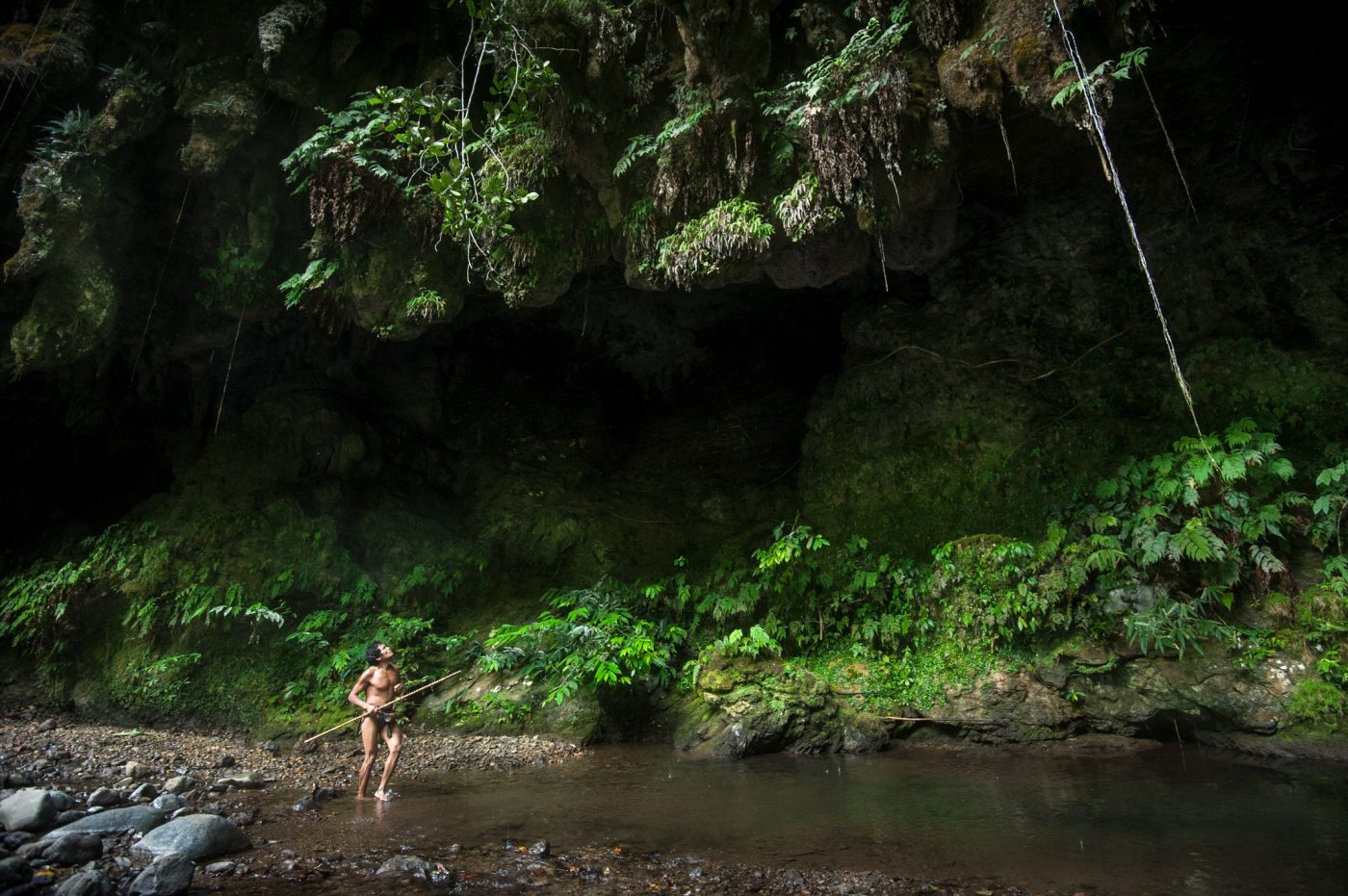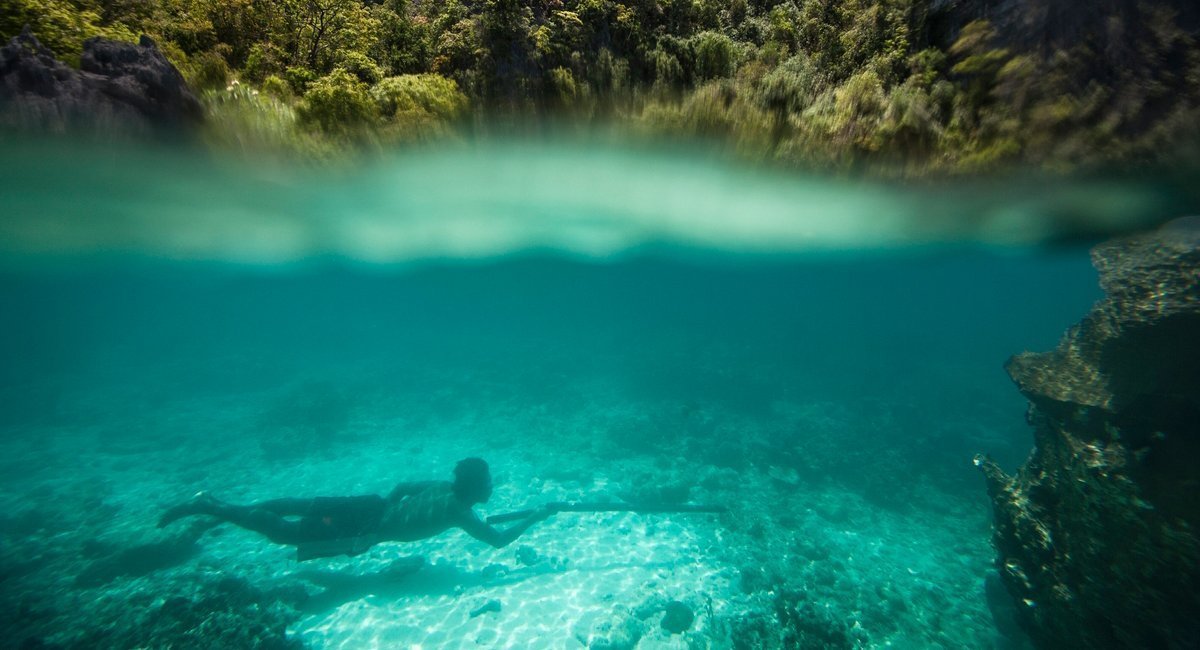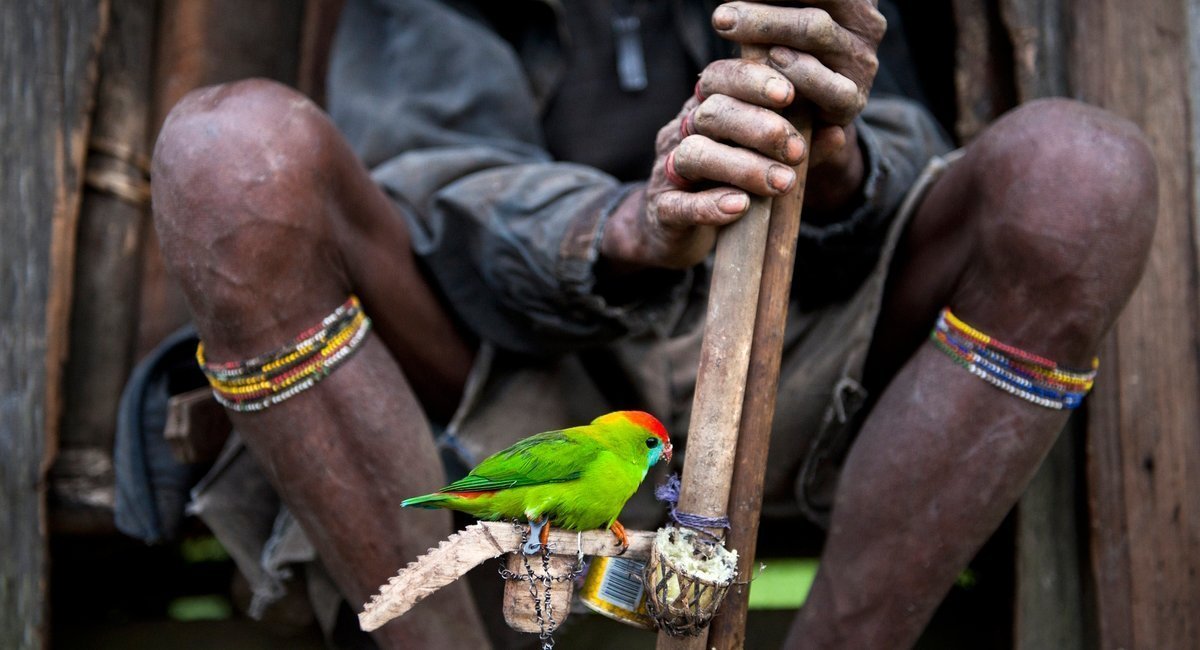With the market today providing an assortment of underwater casing options, more and more of us are beginning to bring our cameras under the surface to explore this fascinating world. From the more affordable soft casings for our DSLRs to the simple waterproof coverings for our smart phones, underwater photography is becoming more and more popular among photographers. Often times for those just starting out with underwater photography, our pictures don’t always come out exactly the way we remember seeing it. There are likely a few reasons for this, but this article will focus on two simple techniques we can use during post-processing to help improve the quality of our underwater photos.
Singnapan Valley in southern Palawan is a place I have wanted to visit for a long time now. It was a couple of years ago that I came across some images online of the Tau’t Bato tribe and it has intrigued me ever since. The remoteness of the Singnapan valley is what first caught my attention and then the interesting stories that the people there live in large caves during the rainy season. Thus, their name Tau’t Bato – Dwellers of the rock. There are a handful of travel blogs and some videos online of other foreigners and Filipinos making the trek to Singnapan. This area is also home to Mount Mantalingahan, the highest peak in Palawan and an occasional destination for hardcore mountaineers.
It’s been eight years since I was last in northern Palawan during my Peace Corps days. Back then I spent a lot of time in Coron and Busuanga doing marine surveys and remember how beautiful the islands were in this part of the country. This time my travels brought me to Coron to photograph the Calamian Tagbanua people, one of a number of different indigenous groups found in Palawan. During the months I spent in Coron years ago I remember isolated fishing communities that harvested seaweed and octopus. I also remember the picturesque tropical islands, especially Coron Island which stands tall above most of the others with its karst limestone cliffs. It was these memories in part that made me want to return and explore the area with my camera.
Crowdfunding is a relatively new phenomenon that has emerged over the past few years to help creative people fund their personal projects, including photographers. Kickstarter was the first company to offer this type of platform and others such as emphas.is and IndieGoGo have emerged since. Crowdfunding is a unique way to raise funds for projects by offering creative rewards to individual backers who pledge various amounts. Recently, we successfully funded our project on Kickstarter and wanted to share some lessons we learned along the way.
The Bukidnon plateau is home to seven of the 18 different indigenous groups found in Mindanao. After doing some research I decided it would be a great place to visit for starting the Katutubong Filipino Project. Although our travel to Bukidnon was fairly short we learned a lot about the Lumad people (the Visayan word collectively used for all indigenous people in Mindanao). We spent most of the week with a Manobo community high in the mountains of San Fernando municipality. The Manobo people are just one of the 18 Lumad groups found in Mindanao, however, they have a number of subgroups with slight language differences and practices. The different Manobo tribes are semi-autonomous from the Philippine government and have their own laws, practices and judgements given by tribal chieftains (Datus).
When most of us hear the phrase “photo editing” we generally think of editing a photo to enhance it in some way using computer software. Although that is usually a big component of post-production, the “photo editing” process should always start with photo selection. When photo editors edit photos, what they are usually doing is selecting images that they feel will work for a particular use. Most of us end up being our own photo editors, so we should be familiar and learn how to select our best images. The photo editing selection process should be one of the most important parts of your post-production, but is often not given enough emphasis.
We all have a photographic style whether we realize it or not, amateurs and professionals alike. Many photographers, however, never give much thought to this with the result often being images that are “normal” or lacking expression. If we want to improve our photography we need to: First, understand we each have a unique style. Second, reflect on this to better understand why we shoot the way we do, and lastly, use this knowledge to move forward with self-confidence to help improve our skills and imagery.
There are numerous things to think about and often challenges to overcome when working on a photo documentary. Here are eight useful tips that I believe will make the process easier and help you create more compelling and powerful stories.
Robert Capa once said, “If your pictures aren’t good enough, you’re not close enough.” Capa wasn’t advocating the use of longer lenses; he was telling photographers to physically get closer and more involved with their subjects. If you ever look at the lenses photojournalists have on their cameras, you will almost exclusively see some type of wide-angle. This is because photojournalists generally want their viewers to feel like they are there in the scene with them. A wide-angle lens allows the photographer, like the photojournalist, to work very near their subjects, providing an intimate feeling in their photographs.
A powerful post-processing technique I use for almost every photo is adjusting my settings locally. I use this technique to bring emphasis to key areas of a photo that I want my viewer to focus on. I am using Adobe’s Lightroom Adjustment Brush and Adobe’s Photoshop Dodging and Burning tools to accomplish this. I generally shoot in RAW so images right out of the camera are typically flat and dull. I first make general adjustments to my photos such as correcting for white balance and overall exposure. Then I will start making the important local adjustments.
email: [email protected] |
© 2026 Jacob Maentz

